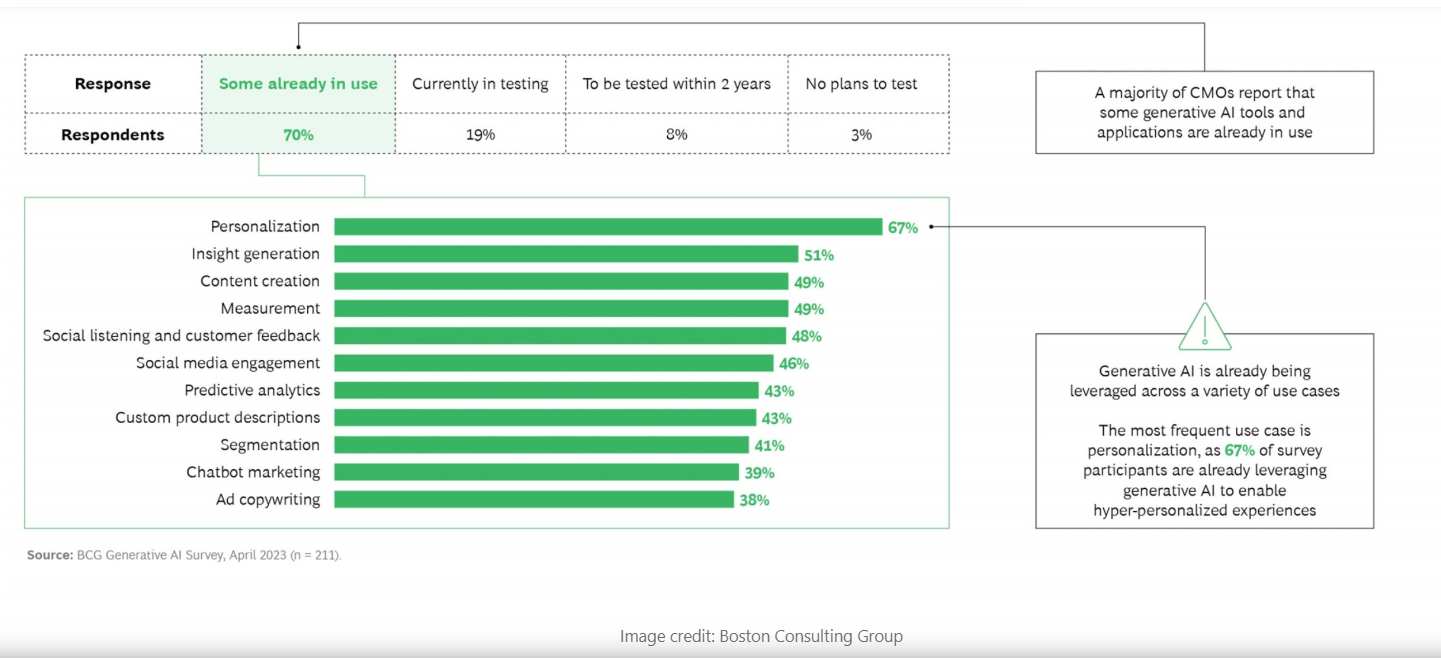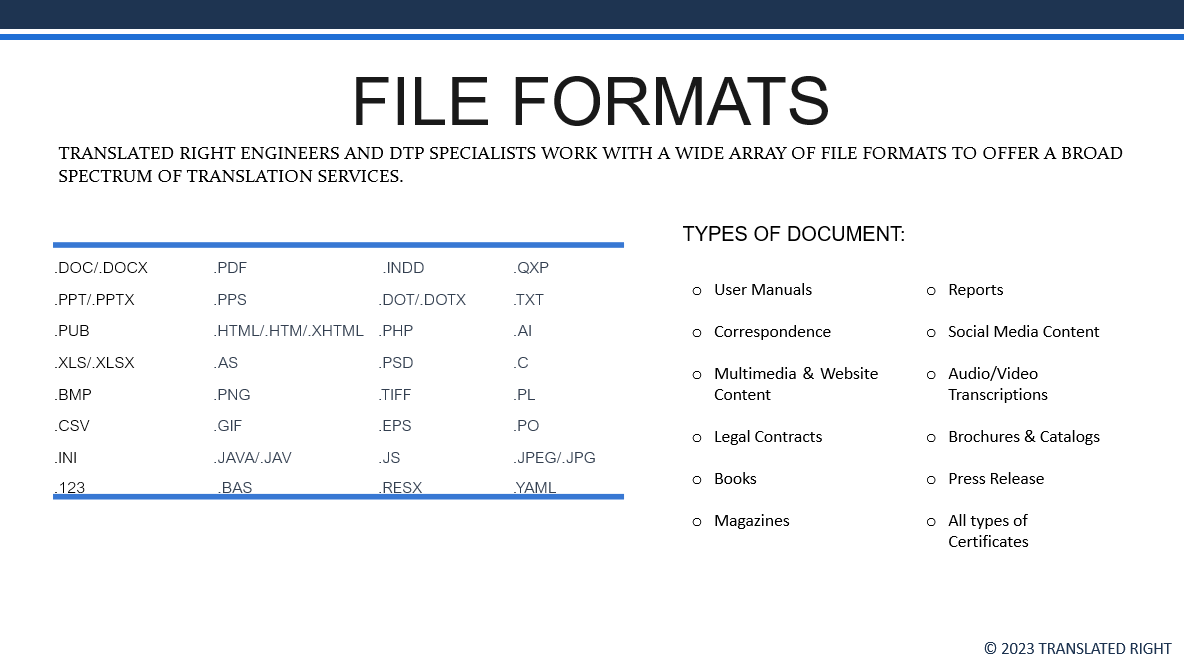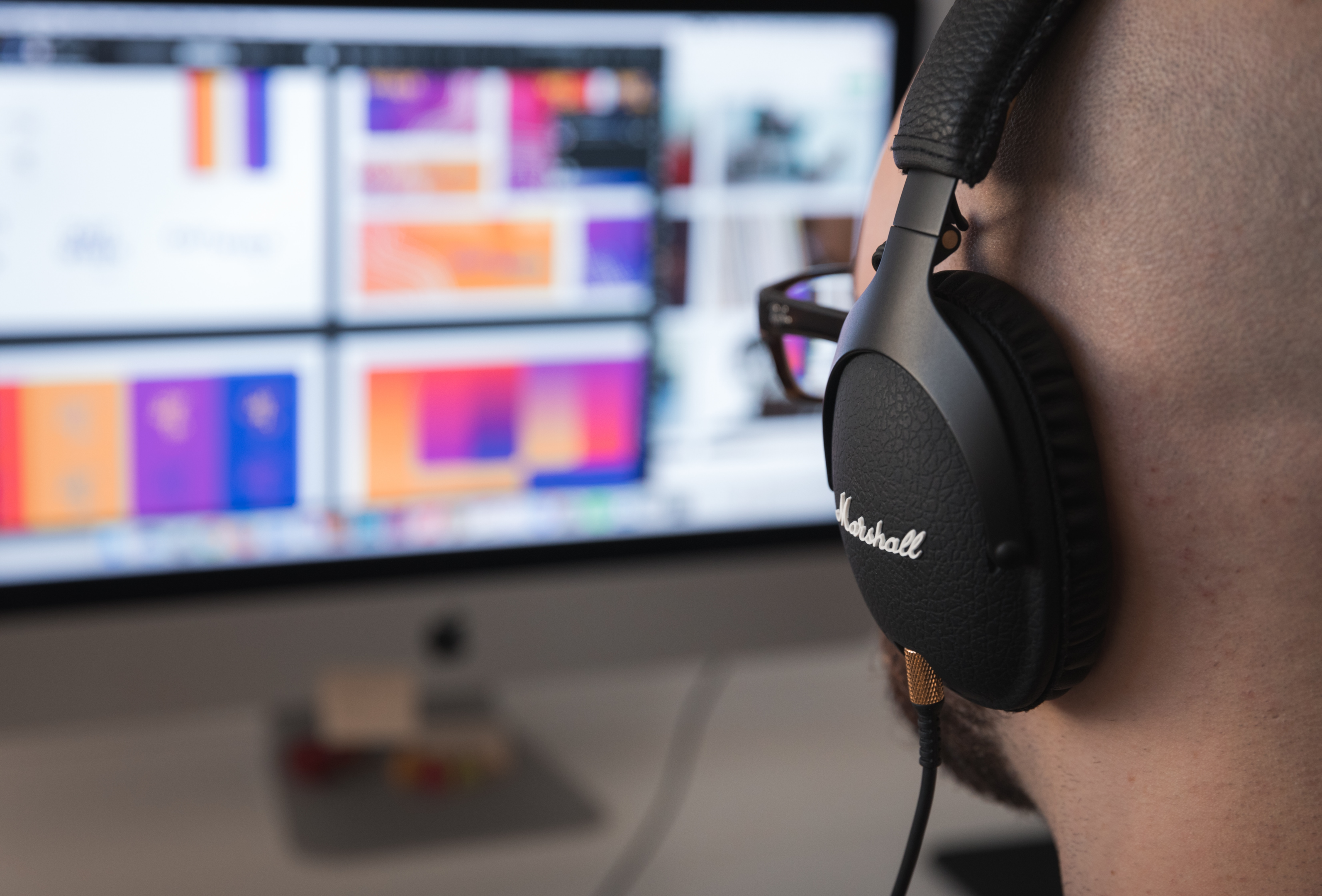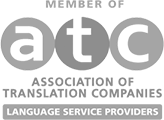Did you know that transcribing audio can greatly benefit your business and personal life? Audio transcription has the power to make your content accessible, searchable, and easily repurposable. In this blog post, we will guide you through the world of convert audio to text conversion, exploring various methods, tools, and services that can help you effortlessly transcribe your audio files and expand your reach.
Short Summary
- Audio to text conversion is essential for businesses, with automatic transcription software providing time and effort savings.
- Preparing audio files correctly and editing transcripts are important steps in the process of accurate transcription.
- Professional translation services can help increase reach by transcribing and translating recordings into other languages.
Easy Audio to Text Conversion: A Comprehensive Guide

Transcribing audio files is no longer a tedious task reserved for specialists. With the rise of advanced technologies and tools, anyone can easily convert audio to text. From journalists to researchers, educators, and entertainers, countless professionals can benefit from transcribing audio recordings into text files. By converting audio content into text, you can repurpose it into blog posts, social media updates, articles, and other written media, thereby increasing the accessibility of your content in various formats.
There are several methods to transcribe audio files, such as self-transcription, using automatic transcription software, or hiring a professional human translator. In this guide, we will discuss the importance of transcribing audio files and how to choose the right method for your needs, making audio to text conversion easy and efficient.
The Importance of Transcribing Audio Files
Transcribing audio files can significantly improve the accessibility of your content by catering to diverse audiences, including those with hearing impairments, non-native speakers, and individuals who prefer reading over listening. Moreover, transcribing audio content enhances its searchability, making it more discoverable online and thereby broadening its reach.
In addition to these benefits, transcribing audio files can also help you repurpose your content and create new marketing assets that cater to various platforms and formats.
Choosing the Right Method for Your Needs
When deciding on the best method for converting audio to text, it’s essential to consider factors such as the purpose of the files, the intended audience, and any time or budget constraints. For instance, if you need a quick and cost-effective solution, automatic transcription software might be the ideal choice. On the other hand, if you require a high level of accuracy and are dealing with specialized content, a professional human translator might be more suitable.
Some popular tools for text transcribe audio, or online audio to text conversion, include Riverside, Google’s voice typing feature in Google Docs, and online transcription software like Happy Scribe. Each tool has its own set of features and capabilities, so it’s crucial to select the one that best aligns with your requirements and preferences.
By carefully considering your needs and evaluating available options, you can make an informed decision and choose the most suitable method for your audio to text conversion.
Overview of Automatic Transcription Software

Automatic transcription software has become increasingly popular due to its ability to save time and effort without compromising quality. These tools use sophisticated voice recognition technology to generate text transcripts from audio or video files automatically, eliminating the need for manual note-taking.
However, it’s essential to prepare your audio files and edit the generated transcripts to ensure accuracy and readability. In this section, we will discuss how to make the most of automatic transcription software and achieve the best results.
Preparing your audio files for transcription
Before using automatic transcription software, it’s crucial to ensure that your audio files are of high quality and properly formatted. Clear and concise audio makes it easier for the software to accurately transcribe speech and minimizes the risk of errors in the final transcript.
Additionally, it’s essential to familiarize yourself with the specific requirements of the transcription software you plan to use, such as supported file formats and any necessary pre-processing steps.
Editing and Customizing Transcripts
Once you have obtained a transcript generated by automatic transcription software, it’s essential to review and edit the document for any errors or inaccuracies. This may involve correcting spelling and grammar mistakes, adjusting formatting to improve readability, or adding missing information such as speaker names and timestamps.
By taking the time to thoroughly edit and customize your transcript, you can ensure that the final document is accurate, professional, and easy to read.
How to use Generative AI in audiovisual marketing

In recent years, generative AI has emerged as a powerful tool in the world of audiovisual marketing. By leveraging advanced algorithms that can detect patterns and structures within existing data, generative AI can create new and engaging content such as text, images, and audio. This innovative technology can help you increase your marketing assets, improve your overall marketing strategy, and ultimately reach a broader audience.
Utilizing generative AI in audiovisual marketing can offer several benefits.
- Save time and effort
- Create unique and captivating content
- Stand out in the competitive marketing landscape
- Convert audio to text to make content more accessible and searchable
- Optimize marketing efforts and extend reach to a global audience.
What Generative AI tools can I use in audiovisual marketing
A variety of generative AI tools are available for audiovisual marketing, including:
- Automatic transcription software such as ClickUp and Narrato
- Video editing software such as Lately, Jasper, and Copy.ai
- AI-powered content creation tools like Synthesia, Murf, and Canva
These tools offer a range of features and capabilities, allowing you to generate engaging content for various platforms and formats.
By selecting the right generative AI tools for your specific needs, you can elevate your marketing strategy and create compelling content that captures your target audience’s attention.
How Audiovisuals form part of your marketing strategy

Audiovisuals play a crucial role in any marketing strategy, as they help convey complex ideas and emotions through a combination of audio and visual elements. By converting audio to text, you can further expand your reach and make your content more discoverable online. Transcribed audio content can be repurposed into:
- Blog posts
- Social media updates
- Articles
- Other written media
This allows you to engage with a broader audience and cater to different preferences and learning styles.
Ultimately, incorporating audiovisuals and their transcribed counterparts into your marketing strategy can help you create a more comprehensive and effective campaign.
How to increase your marketing assets? Convert audio to text
One effective way to increase your marketing assets is to convert audio to text. By transforming audio content into written text, you can repurpose existing resources and create new promotional materials that cater to various platforms and formats. This can help you reach a wider audience and improve the overall effectiveness of your marketing campaigns.
Additionally, transcribing audio content can make it more accessible and engaging for readers who may be unable or unwilling to listen to the original audio. By converting audio to text, you can maximize the value of your marketing assets and ensure that your content reaches the largest possible audience.
Comparison: Generative AI vs Auto-Transcription

In a recent TechinAsia article about how Generative AI is disrupting marketing, it referred to Boston Consulting Group’s latest survey on how CMOs are succeeding with generative AI. So don’t hesitate to get onboard this AI trend! When it comes to audio to text conversion, both generative AI and auto-transcription offer unique benefits and drawbacks. Understanding the differences between these two technologies can help you make an informed decision about which method is best suited to your needs.
In this section, we will compare generative AI and auto-transcription, considering factors like speed, quality, and value for money, to help you determine the optimal solution for your audio transcription needs.
Speed, Quality and Value for money Audio Transcription
When evaluating generative AI and auto-transcription services, it’s important to consider their speed, quality, and cost. Generative AI is typically faster and more accurate than auto-transcription, though it may be more expensive due to the advanced technology involved.
On the other hand, auto-transcription services may be more affordable, but they can be prone to errors, particularly when dealing with complex or specialized content. Ultimately, it’s essential to weigh the pros and cons of each method and select the one that best aligns with your needs and budget.
Auto-Transcription vs Generative AI differences
One key difference between generative AI and auto-transcription is their accuracy levels. Auto-transcription is generally more accurate than generative AI, as it is specifically designed to recognize and transcribe audio precisely. Generative AI, on the other hand, is intended to create new content based on existing data, so its accuracy may not be as high as auto-transcription.
Another difference lies in the customization options available with each method. Auto-transcription offers a variety of customization options, such as modifying the speed of transcription and the language of transcription, while generative AI provides limited customization options, as it is engineered to create new content based on existing data.
Editing and Proofreading Your Transcript
Regardless of the method you choose for audio to text conversion, it’s essential to edit and proofread your audio transcript to ensure its accuracy and readability. This may involve correcting spelling and grammar mistakes, adjusting formatting to improve readability, or adding missing information, such as speaker names and timestamps, from the original audio recording.
By taking the time to thoroughly edit and proofread your transcript, you can ensure that the final document is accurate, professional, and easy to read.
Converting Audio Files into Different Text Formats

Converting audio files into different formats, such as Word documents, PDFs, and SRT files, can greatly enhance the versatility and usability of your audio or video file content. By offering your transcripts in a variety of text file formats, you can cater to diverse preferences and requirements, ensuring that your content is accessible and engaging for a wide range of audiences, whether they prefer an audio, video, or text format.
In this section, we will discuss how to convert audio files into different audio formats to suit various purposes and platforms.
Choosing the Right Format
When selecting the appropriate text format for your transcript, it’s essential to consider its intended use and platform requirements. For instance, if you plan to use the transcript on a website, HTML might be the most suitable format. Conversely, if you need to share the transcript as a standalone document, formats like PDF or Word might be more appropriate.
By choosing the right format for your transcript, you can ensure that it is compatible with the platforms and devices used by your target audience, thus maximizing its accessibility and engagement potential.
Exporting Your Transcript
Once you have chosen the appropriate format, you can export your transcript to ensure that it is compatible and accessible for your target audience. This may involve:
- Using the export function in the applicable software or platform
- Selecting the suitable file format
- Confirming that personally identifiable information is restricted or eliminated from the exported transcript.
By following these steps, you can ensure that your transcript is available in the desired format and ready for use by your target audience.
Human Transcription Services: Accuracy and Reliability

While automatic transcription software and generative AI offer many benefits, there are situations where human transcription services may be the best choice. Human transcriptionists are skilled professionals who can accurately transcribe complex or specialized content, providing a level of accuracy and reliability that may not be achievable through automated methods.
In this section, we will discuss the advantages of using human transcription services and provide guidance on when to choose this option for your audio to text conversion needs.
When to Choose Human Transcription
Human transcription services are particularly useful in the following situations:
- When accuracy is crucial
- When dealing with complex or specialized content
- For transcribing legal depositions
- For transcribing scientific presentations
A human transcriptionist’s expertise and attention to detail can help ensure that the transcript is accurate and complete.
Additionally, human transcription services may be more appropriate for audio files with poor audio quality or thick accents, which could pose challenges for automatic transcription software. In these cases, opting for human transcription services can help guarantee accurate and professional results.
Finding a Reliable Transcription Service
When searching for a reliable transcription service, it’s essential to consider factors such as accuracy, turnaround time, and cost. Additionally, make sure that the service employs certified and experienced transcriptionists who are proficient in the language pair relevant to your audio files. You can also consult reviews and testimonials from past customers to gain insight into the quality of their services.
By carefully evaluating your options and selecting a reputable transcription service, you can ensure that your audio files are accurately and professionally transcribed.
Audio Transcription Translation Services: Increase your Reach

In today’s globalized world, it’s essential to make your content accessible to a diverse audience. Audio transcription translation services can help you achieve this by converting your audio content into written text and then translating that text into another language. By transcribing and translating your audio recordings, you can expand your reach and make your content more accessible to people who may not be familiar with the original language of the audio.
In this section, we will discuss the benefits of using audio transcription translation services to increase your reach and improve the accessibility of your content.
When to Choose a Professional Translation Agency
Opting for a professional translation agency can be beneficial when targeting a multilingual audience or dealing with specialized content. Professional translation agencies employ experienced translators who have expertise in the target language and relevant subject matter, ensuring that the translated text accurately reflects the original audio content.
Additionally, professional agencies have established quality control processes to guarantee the accuracy and consistency of translations, making them a valuable option for important or complex audio files.
Finding a Reliable Translation Service for audio transcription
When searching for a reliable translation service that specializes in audio transcription, it’s important to consider factors such as accuracy, turnaround time, and cost. Additionally, ensure that the service employs certified and experienced translators who are proficient in the language pair relevant to your audio files.
You can also consult reviews and testimonials from past customers to gain insight into the quality of their services. By carefully evaluating your options and selecting a reputable translation service, you can ensure that your audio files are accurately and professionally transcribed and translated.
Summary
In conclusion, audio transcription is a powerful tool that can significantly enhance the accessibility, searchability, and repurposing potential of your content. By understanding the various methods and tools available for audio to text conversion, you can make an informed decision and choose the best option for your needs. Whether you opt for automatic transcription software, generative AI, or human transcription services, taking the time to edit and proofread your transcripts will ensure that your content is accurate, professional, and engaging for a wide range of audiences. So, why wait? Start harnessing the power of audio transcription today and unlock the full potential of your content.
Frequently Asked Questions
How do I convert an audio file to text?
To convert an audio file to text, upload it to a transcription service such as Notta or Google Docs. Once the audio is uploaded, select the language and transcription method.
Finally, proofread the transcript and export the file.
Can Google transcribe audio to text?
Yes, Google can transcribe audio to text through its feature called ‘Voice Typing’ available in Google Docs.
Can I convert audio to text in Word?
Microsoft Word Transcribe is available to Microsoft 365 premium subscribers, allowing them to convert audio to text.
This article provides a guide on how to use the MS Word Transcribe feature.
What is the main advantage of using automatic transcription software?
The main advantage of using automatic transcription software is its time efficiency, allowing for rapid text transcriptions from audio files.
When should I consider using human transcription services?
If accuracy is paramount or your content is complex or specialized, consider using human transcription services.








